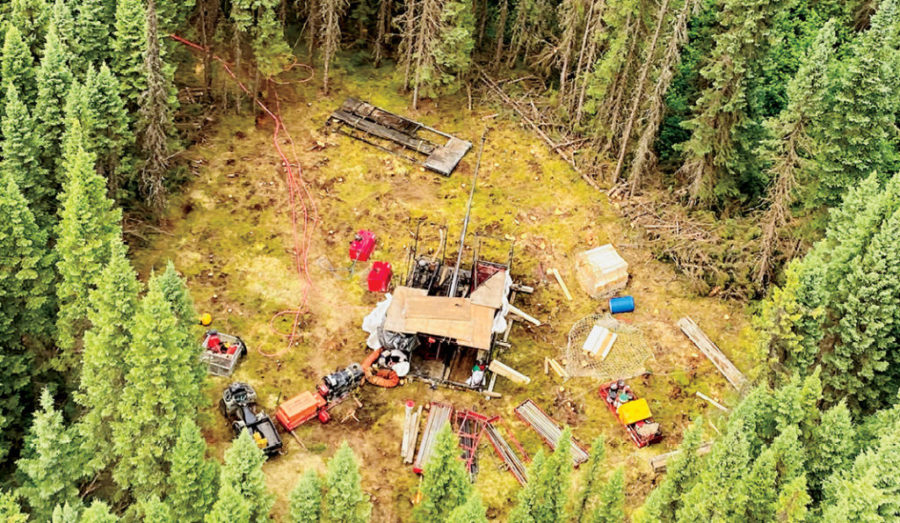Introduction
Amex Exploration (TSXV: AMX) has released a resource update for its Perron gold project in Quebec’s Abitibi region, showcasing a remarkable increase in contained gold. The measured and indicated resources have nearly tripled compared to the previous estimate, while the project's grade has also seen a significant boost. This development has spurred a 7% rise in the company's shares, reflecting investor confidence in the project's potential.
Main Body
The updated resource estimate for the Perron project now stands at 8.18 million tonnes in the measured and indicated categories, grading 6.13 grams of gold per tonne, equating to 1.61 million ounces of gold. This is a substantial increase from the figures reported in the preliminary economic assessment (PEA) last September. Additionally, inferred resources are reported at 5.04 million tonnes grading 4.31 grams per tonne, totaling 698,000 ounces. Located near Normétal, approximately 730 km northwest of Montreal, the Perron project benefits from its position in the prolific Abitibi Greenstone Belt, home to major gold operations like Newmont’s Porcupine and Agnico Eagle’s Canadian Malartic.
The Champagne zone alone accounts for about half of the contained gold in the measured and indicated categories, with 831,000 ounces. This update incorporates data from 46,355 meters of drilling since the last resource estimate. Amex’s president and CEO, Victor Cantore, emphasized the project's growth into a 'world-class gold asset' and outlined a dual strategy of development and continued exploration. The company plans to release an updated PEA later this year, building on the current 10-year mine plan that projects 1 million ounces of gold production, with an annual output of 124,000 ounces in the first five years.
From an analytical perspective, the Perron project’s progress aligns with the current bullish sentiment in the gold market, driven by geopolitical uncertainties and inflation concerns. However, questions remain about the scalability of operations given the high initial capital costs of C$229 million and sustaining costs of C$230 million. How will Amex balance exploration with development, and can it maintain the projected low all-in sustaining cost of $807 per ounce in a volatile commodity market? These factors will be critical as gold prices hover around $2,000 per ounce, a level used in the current PEA.
Conclusion
Amex Exploration’s latest resource update for the Perron project marks a significant milestone, positioning it as a promising player in Quebec’s gold mining landscape. With plans for an updated PEA and ongoing exploration, the company is poised for growth, though it must navigate financial and operational challenges ahead. As the gold market remains a focal point for investors, Perron’s development could serve as a bellwether for smaller explorers in the region.
